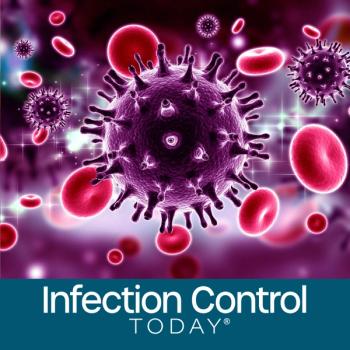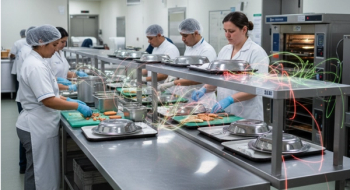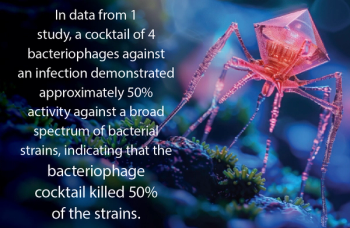
Flu-Fighting Tips for Home and Work
With flu season approaching, parents may be bracing for an outbreak at their children's schools, but adults are also highly susceptible at work and in other public places. Now is the time for families and businesses to take steps to prevent and protect against the flu.
"Influenza is a serious viral infection, and the toll on public health each year related to influenza is significant," says Dr. John Hanlin, vice president of public health and food safety at Ecolab. "Fortunately, there are a number of important measures that you, your family and your business colleagues can take to reduce the risk of influenza."
Getting a flu vaccine and taking anti-viral medications as prescribed if you do contract the flu are two ways the Centers for Disease Control and Prevention (CDC) advocates stopping the spread of flu germs. Another vital factor in protecting yourself from the flu is preventing its spread.
Individuals who have contracted the virus are contagious at least one day prior to displaying symptoms, and up to seven days after they first appear. In addition, the flu virus can survive up to 48 hours on stainless steel and plastic surfaces, and up to 12 hours on cloth, paper and tissues. Properly cleaning and disinfecting can minimize the chances of individuals contracting the virus from a contaminated surface.
Prevent contamination
To properly clean, disinfect and protect your environment, know that you should:
•Clean any visible soil from surfaces before disinfecting. When cleaning and disinfecting, work from top to bottom and from cleaner to more heavily soiled surfaces.
•Thoroughly wet the surface with a U.S. EPA registered disinfectant and follow label instructions. Choose disinfectants effective against the flu virus, which are available for institutional and industrial use.
•Disinfect frequently touched hard surfaces often, including tables, chairs, light switches, door handles and restroom facilities.
•Give special attention to frequently touched surfaces in food preparation areas, as well as the restroom, including light and air control switches, faucets, toilet flush levers, door knobs and handrails.
•Avoid touching public items that sustain heavy use, such as elevator buttons and push plates on doors, with your hands.
Proper hand hygiene
Hand-washing is also essential to preventing an influenza contamination. Proper hand-washing helps remove most bacteria, viruses and other pathogens, so they can't be spread to others. The CDC recommends these steps:
•Wet hands with clean, running water (warm or cold), turn off the tap and apply soap.
•Rub hands together to lather the soap. Clean the backs of hands, between fingers and under nails.
•Scrub for at least 20 seconds.
•Rinse well under clean, running water.
•Dry with a clean towel or air dry.
•Use soaps that are gentle on hands. Formulations that irritate skin may dissuade even the most dedicated handwasher.
•Be a role model and wash your hands following the same high standard you set for your family and coworkers.
•Continuously reinforce that protection starts with prevention, and hand-washing is critical to prevention.
Source: Family Features Editorial Syndicate
Newsletter
Stay prepared and protected with Infection Control Today's newsletter, delivering essential updates, best practices, and expert insights for infection preventionists.






